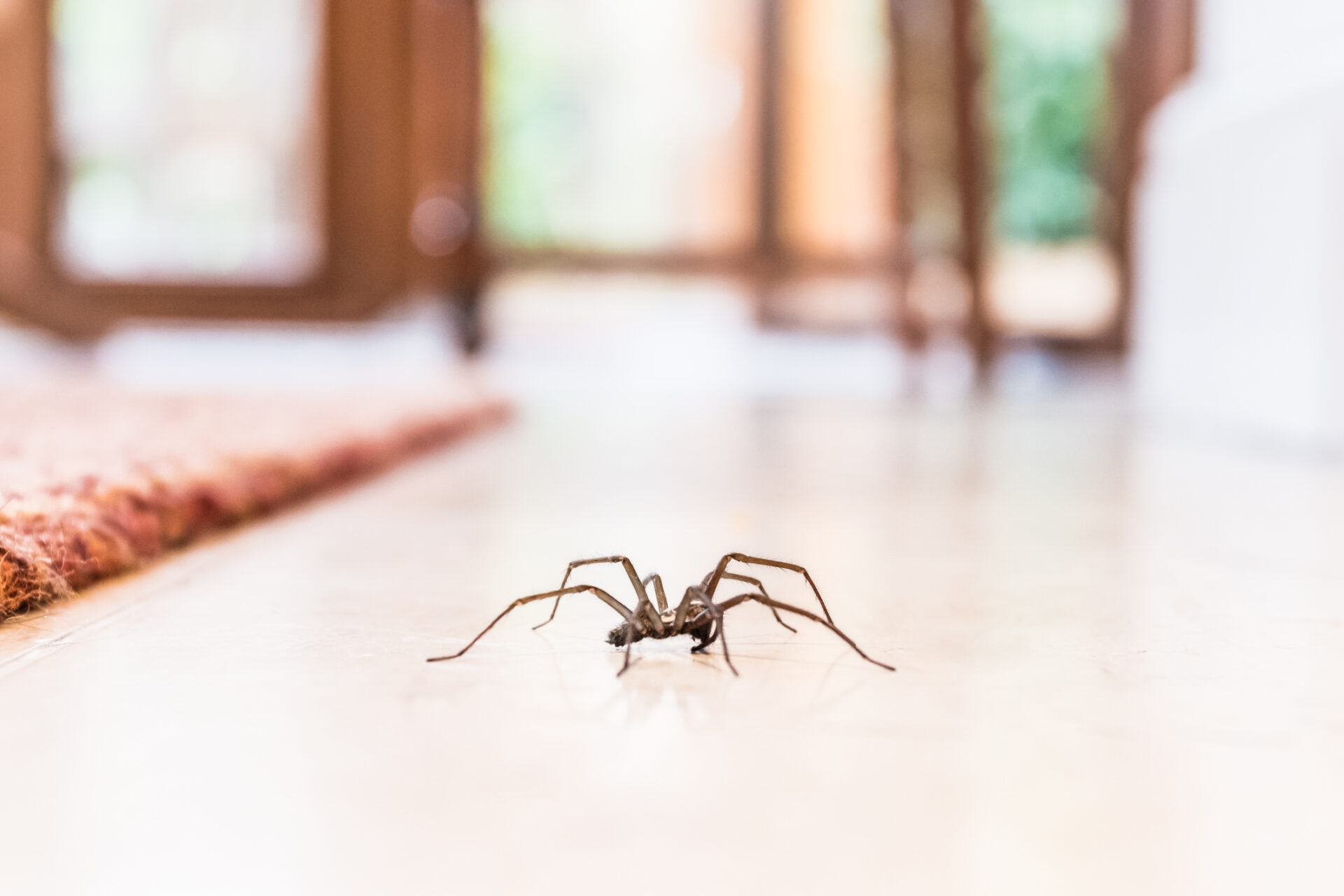Serious Spider Bites Need Serious Wound Treatment
Insect bites are a frequent nuisance in the South. Most bites cause itching and present as a small, swollen red area on the skin that clears up in a few days with little or no treatment. However, bites that progress to infected, gangrenous skin lesions may instead be spider bites, which can turn to gangrene and infection over a few days.
Revenge of the Recluse
Necrotic skin lesions in East Tennessee are sometimes caused by the bite of the brown recluse spider. This venomous spider is about the size of a quarter. There is a fairly consistent violin-like pattern on its back, which may be difficult to see without magnification. These spiders are somewhat more frequent in the southwestern United States, but are also common in Tennessee.
The brown recluse spider is very timid and prefers to avoid human contact. It seeks warm, dry, quiet areas such as old woodpiles, sheds, houses, closets, or under beds and furniture. It is a nocturnal spider that feeds on flies, moths, beetles, and other bugs.
Most severe bites are inflicted by the female spider, which is larger than the male and has two opposing curved fangs that may leave two small puncture marks at the bite site. The spider is not aggressive and bites only if trapped between the skin and some object, such as a piece of clothing, a shoe or bed sheet. There is no initial pain, so the bite may not be noticed for several hours.
Don’t Be a Victim to Venom
“The venom is potent and biochemically complex and capable of causing inflamed, disfiguring, necrotic ulcers,” says David Stanley, MD, medical director of the Methodist Wound Treatment Center. “One of the major components is Aplyngomyelinase D, which causes cell death, including red blood cells, platelets, and small arteries. Arteries supplying circulation to the skin and other tissue are plugged with white blood cells, leading to progressive gangrene.”
The victim may develop a rash, fever, nausea, and vomiting. A “blood blister” and “bulls eye” ring forms around the bite and measures an inch or more in diameter. Gangrene and pus develop and may extend into underlying tissue and muscle.
”Treatment of a small spider bite is to keep the area clean, apply antibiotic cream, and cover with a bandage,” continues Dr. Stanley. “If the wound is severe, a decision to treat with hyperbaric oxygen (HBO) at a specialized wound treatment center is recommended.”
Want to learn more? Call the Methodist Wound Treatment Center at (865) 835-3740.


